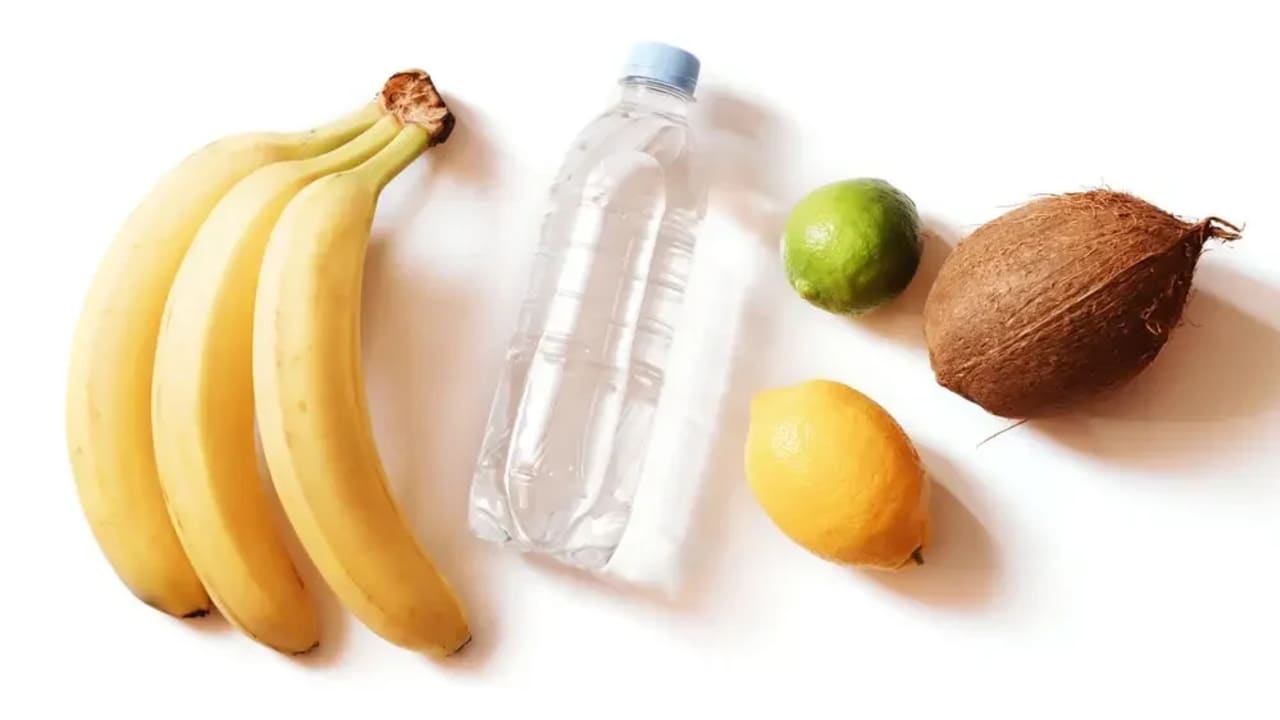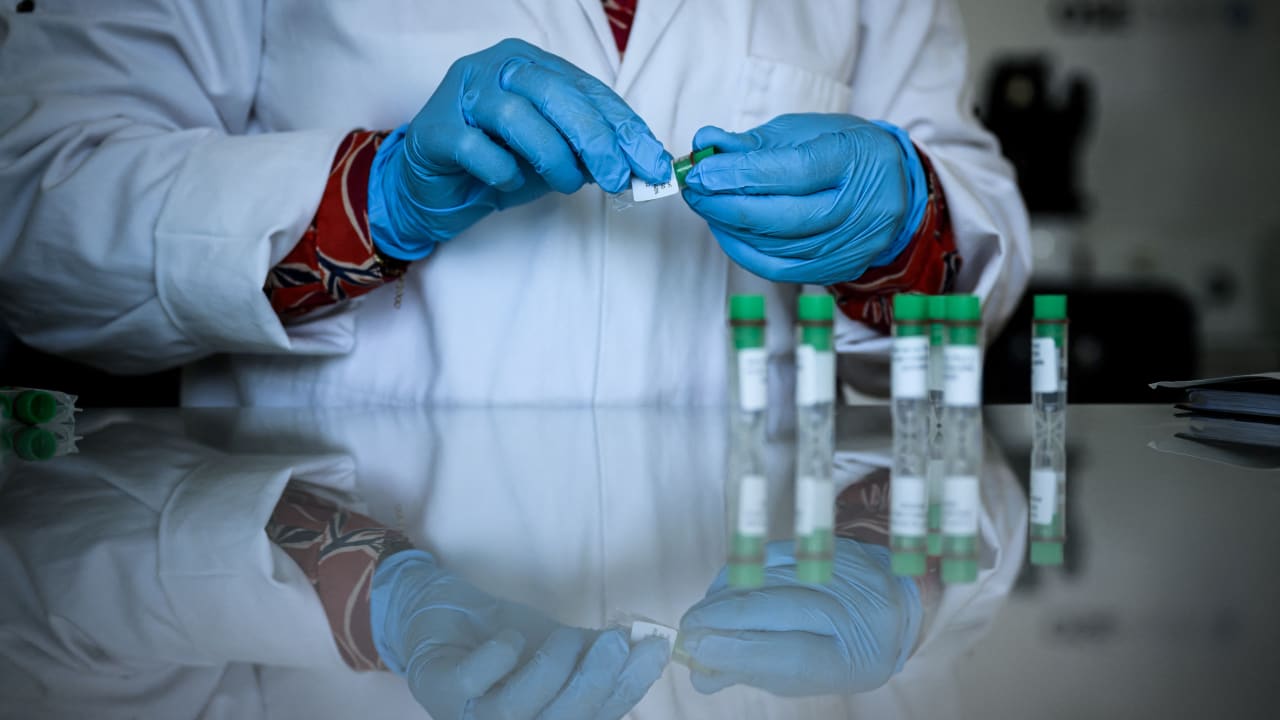Jerusalem Post
ByDR. MAYA ROSMAN
When we see a bottle labeled "flavored water," it seems like a light, refreshing choice, almost like plain water with a hint of flavor — but in reality, it’s usually a sugar-rich drink.
When we see a bottle labeled "flavored water," the immediate feeling is that it’s something light, refreshing, almost like water, maybe with a slight hint of flavor. In reality, in most cases it’s a sweetened drink, and sometimes even sugar-rich – closer to light juice than to water.
In a bottle of flavored water (500 ml) from one of the well-known brands there are:
• 18 grams of carbohydrates – which is actually almost 4.5 teaspoons of sugar
• 75 calories – the same as a small glass of juice, like eating an apple, or like eating 2 slices of light bread
• And all of this inside a product labeled only as "water."
What is really in the bottle?
Mineral water (94%) – meaning 6% is already not water
Liquid fructose – a type of simple sugar, the kind that causes belly fat!
Citric acid – an acid that adds a sour taste
Flavor and aroma extracts – meaning artificial or concentrated flavorings.
B vitamins – a marketing addition that is not always necessary.
Fructose and belly fat: The research connection
Fructose is a type of simple sugar naturally found in fruit, but also in very high amounts in sucrose (regular white sugar) and in high-fructose corn syrup – which are added to a huge variety of processed foods. Unlike glucose, which is absorbed into cells and used to produce energy, fructose is mainly broken down in the liver – where it undergoes a process that leads to fat production.
Studies show that a diet rich in fructose contributes to an increase in visceral belly fat – the fat that surrounds internal organs and is considered especially dangerous.
A study published in the Journal of Clinical Investigation showed that high fructose consumption for ten weeks led to a significant increase in belly fat, even when the total calorie intake in the diet was not excessive. The reason: Fructose encourages fat production in the liver (de novo lipogenesis), makes it harder to regulate appetite, and is also linked to increased insulin levels and inflammation.
This is also one of the reasons that added sugar – and not just calories – is linked to belly obesity, diabetes, and metabolic syndrome. In simple words, liquid fructose is a simple sugar that causes belly fat, increases the craving for sweets, adds empty calories – and someone who drinks this throughout the day in the form of "flavored water" is definitely not drinking "just water."
More problems with flavored water
1. The healthy disguise is misleading
People who drink flavored water thinking it’s a good alternative to water – are actually drinking juice. Even if the sugar is hidden under another name, the metabolic effect is the same: Increase in sugar levels, unnecessary calories, harm to nutritional balance – and in children also an excessive preference for sweetness.
2. Effect on the teeth
Even if the sugar content is low, the acidity of these drinks damages tooth enamel – especially when sipping throughout the day in small amounts.
3. Children and toddlers
Quite a few parents give flavored water to children as a substitute for water – but in practice, it’s a sweetened drink that teaches the taste buds to prefer sweet, and also adds sugar to the daily diet without justification.
What to drink instead?
✔️ Plain water (yes, just water. Water is life!)
✔️ Water with slices of lemon or mint
✔️ Cold herbal tea (without sugar)
✔️ Soda with a slice of orange or cucumber
✔️ Or – make your own "flavored water" at home, with pieces of real fruit, without hidden sugar!
My tip: Put slices of pear, cucumber, apple, lemon geranium in a jug of water in the fridge for a few hours – the taste is wonderful and the sugar does not pass into the water.
The official recommendations of health bodies, such as EFSA (European Food Safety Authority), are to drink on average 2 liters of water per day for women and 2.5 liters for men, including water that comes from food.But in practice, personal needs vary greatly – according to the weather, activity level, type of diet, and general health.
How do you know if you are drinking enough? The simplest and most reliable sign: The color of your urine. Very light urine (like lemonade) indicates good hydration, while dark urine suggests lack of fluids. Fatigue, headache, or unexplained hunger can also be signs of needing water. The most important tip is actually not to wait until you’re thirsty.
Bottom line: Flavored water is not a small indulgence, but another marketing juice with a misleading name. Don’t be confused by words like "refreshing," "natural," or "water" – look at what’s inside.
For Dr. Maya Rosman’s course: How to improve health and how to lose weight in a sensible and logical way click here




















